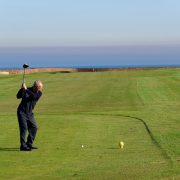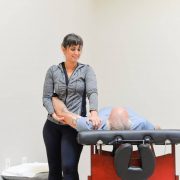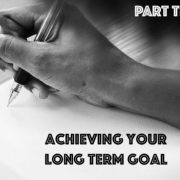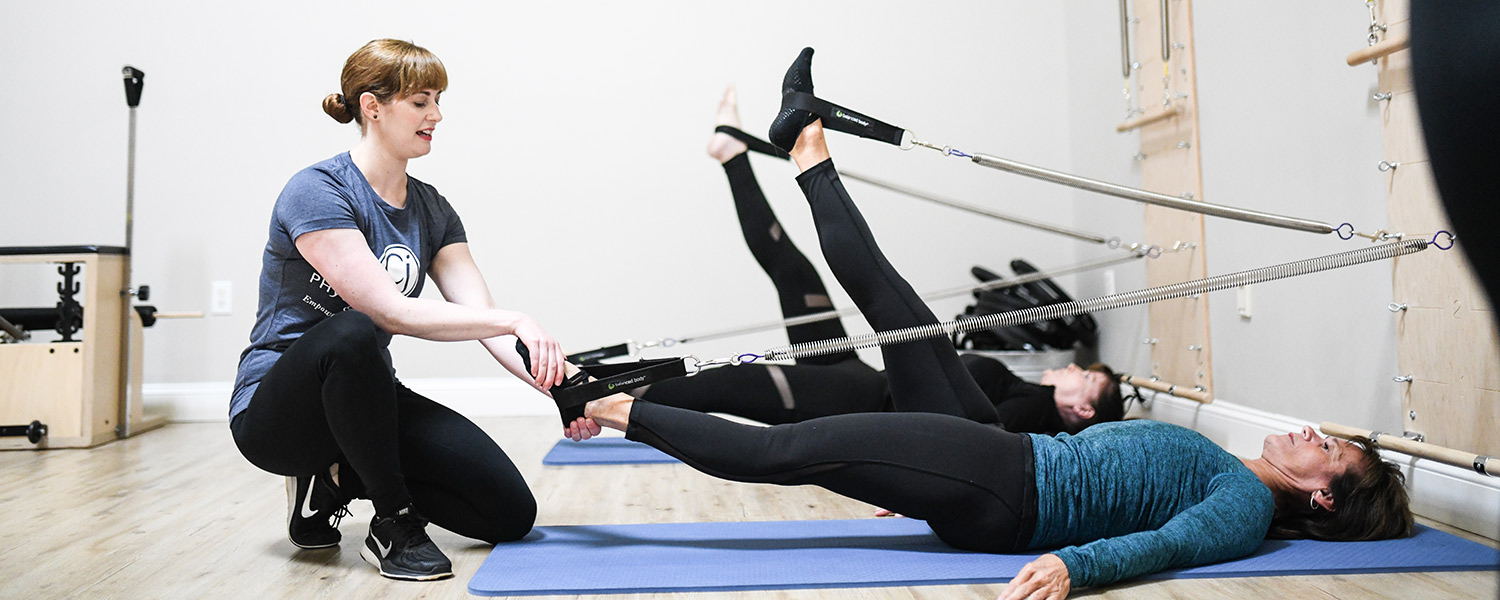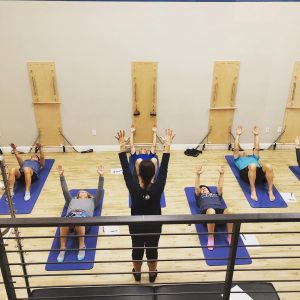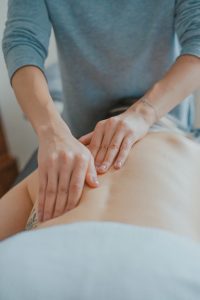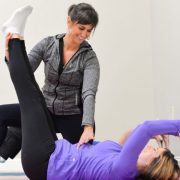How you actually CAN recover from chronic back pain
There’s nothing more discouraging than being in pain and feeling that there’s no way out of it. Back pain is such a common issue, and unfortunately, many people hold onto the mistaken belief that if you have a “bad back” you’re stuck with it for life. Not true!!
It is totally possible to recover from chronic back pain and return to the activities you used to love.
Great news, right? Let’s talk HOW.
First of all, keep moving.
There are people in healthcare who will tell you to just avoid anything that irritates your back and accept that you can’t be as active as you once were. But what if basically everything triggers back pain? What if your job requires you to be on your feet or you simply want to tie your own shoes or pick up your grandkids? You don’t have to resign yourself to sedentary days spent popping ibuprofen every four hours and missing out on life. Don’t listen to the people who tell you to avoid movement — because in fact, the solution is the exact opposite. Consistent, correct movement heals your body and keeps it from shutting down. If you’re suffering from back pain, it may be a sign that your movement habits are off. You could benefit from working with a specialist physical therapist to retrain your body in how to move properly throughout your day, thus eliminating unnecessary stress on your spine.
Along the same lines, make sure you educate yourself.
We offer a FREE workshop at our Portsmouth office every month to answer questions from our community, and our next topic is back pain and sciatica! You may feel like surgery and medication are the only options out there for recovery, but in reality they are just two of the less effective strategies for treating back pain. One of our clients, Sean, was dealing with multiple herniated discs and spoke with us on this exact topic.
“I was considering back surgery until I found CJ Physical Therapy. I walked out of
therapy with such relief that the thought of surgery was no longer an option. Therapy
worked so much better than the steroid injection just a few months earlier, that it gave
me hope of actually being able to feel like I did before the injury a year earlier.”
Nobody wants to get surgery, but if you haven’t been told about any noninvasive therapeutic routes to remedy your pain, surgery may seem like the only option. But time and time again, we have clients come to us with severe back pain and injuries that are often prescribed surgery — and time and time again, they have FULLY recovered through an individually customized program of physical therapy.
If you’re dealing with chronic back pain, don’t be afraid to reach out.
We understand if you’re not yet ready to commit to PT — that’s why we offer FREE Discovery Sessions for potential clients. This 30 minute session is a chance for you to speak with one of our specialists and determine for yourself if we’re the best people to help you. It’s a completely free, no-obligation appointment that will give you all the information you need to make the BEST decision for YOUR health — whether that’s working with us or not!




